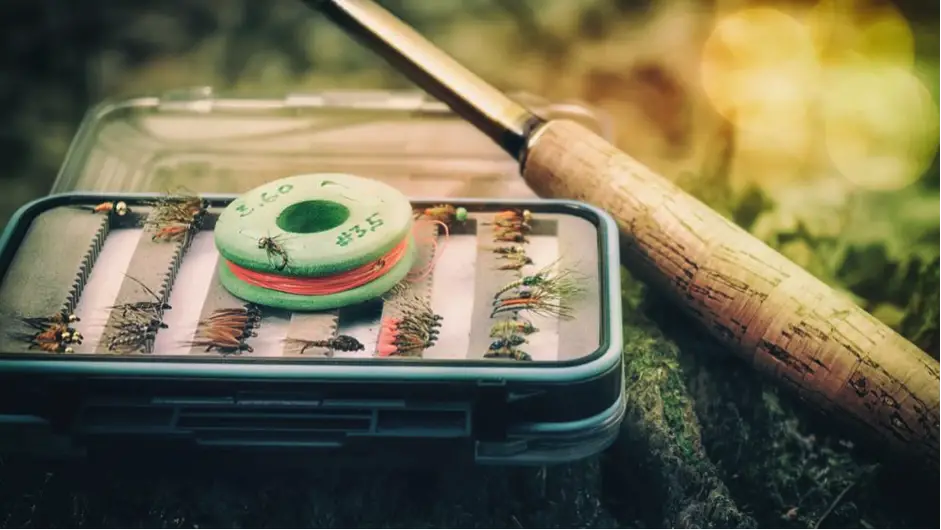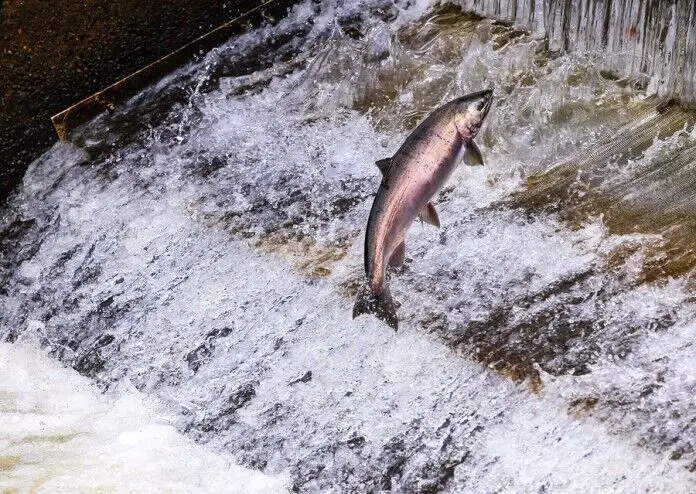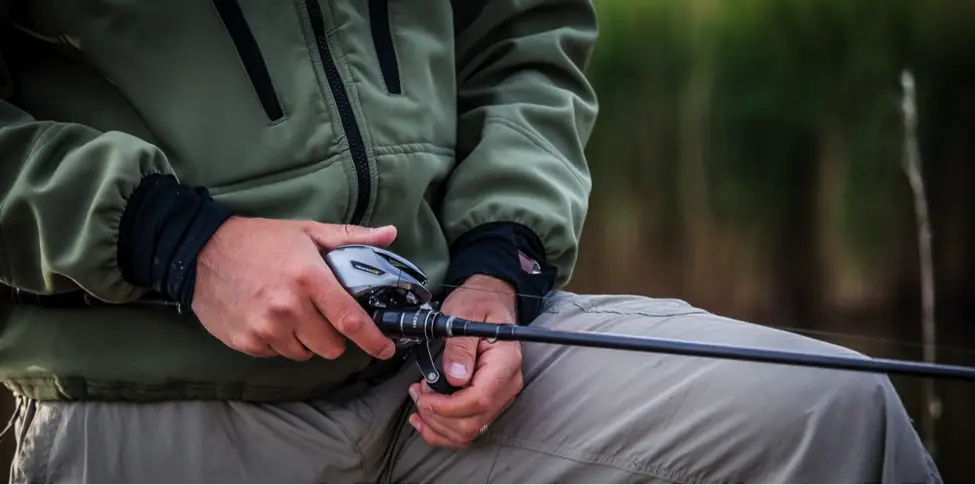With the tenkara being the latest trend in fly fishing, I have found many anglers longing to get to know every single detail about it. I am lucky to have learnt about it earlier and perfected my skill, thanks to my father. Before I proceed, I will let you know what a tenkara is. Tenkara […]
Category: Fishing | Boating
Survival Fishing: How to Catch a Fish with Your Hand
What will happen when you are near a water body and would like to catch some fish without having packed any gear? Well, there are many ways to catch fish without having any gear with you. This article will chow how to catch a fish with your hand If you have no gear and […]
8 Items for Your Boat Emergency Kit
Summer is right around the corner and many are in the midst of planning deep sea fishing trips or casual fishing excursions with their buddies. Have you considered updating your boat emergency kit? You never know when an emergency situation can come calling! Be Prepared for Anything While the odds of a mishap are certainly […]
Fishing For Survival: Top 5 Tips Revealed
Ever found yourself in a survival scenario within the wilderness with little or no fishing gear at your disposal? Such a situation might be not only stressful but also dire. You’re bound to be hungry and frustrated. Luckily, one way of fending for yourself or your crew is by hitting the local waterway and hauling […]
Taking Care of Your Fishing Reels
Do you want to be able to maintain and repair your own fishing reels? Most anglers do, but the problem is that it’s not that simple. The best fishing reels these days are just as complicated as the most sophisticated automatic watches, and they come with tiny parts that work in mysterious ways. But you […]





